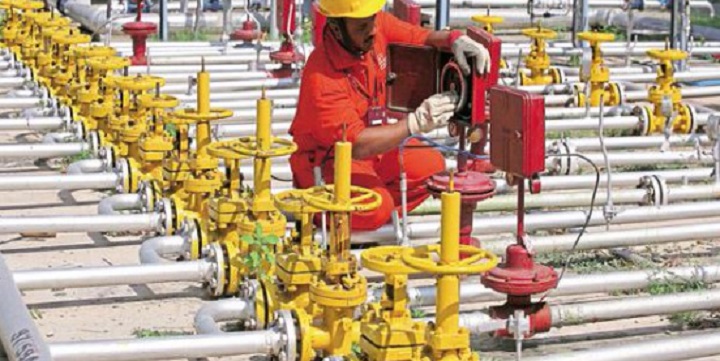India Oil Corporation (NYSE:$IOC), which is a petrochemical chemical company and the country’s largest oil refiner, is in the midst of developing a massive temporary refining capacity reduction for maintenance in 2017, according to sources who spoke to international news agency, Reuters. Maintenance operations will be carried out through the summer and it is predicted that the reduction will total around 600,000 barrels per day.
For two weeks in July, India Oil Corp. will cease the crude oil refining unit of its 300,000-pbd Panipat refinery. This will take off 150,000 barrels per day of refining capacity. Additionally, there will be 120,000 barrels per day in capacity shut down for five weeks at the Barauni refinery in July through August. Plus, the 160,000 barrels per day Mathura refinery will shut its doors for maintenance in August for 15 days. Moving towards the end of 2017, India Oil Corp. plans to close the 150,000 barrels per day Haldia refinery for roughly three weeks.
Along with these cuts, the refiner, who has already halted operations at its 274,000 barrels per day Koyali refinery from the start of June, will do the exact same with the oil processing unit of the Paradip plant (300,000 barrels per day), according to sources.
Many investors believe that IOC’s extensive maintenance plan will cause an increase in fuel imports. The reasoning behind this belief is because in this current fiscal year India’s fuel demand was estimated to reach 200 million tons (1.466 billion barrels) in January by the Oil Ministry. If this were to happen, this would be the highest demand level reached since 2010 and 2011.
Throughout the first quarter of 2017, the demand for the fuels declined, but in April it started to grow again, by 3.3% to 16.79 million tons (123.07 million barrels).
It’s important to note for those looking to make energy investments that India is thought to be the most oil-hungry nation in the upcoming years. According to the International Energy Agency, India imports as much as 80% of the crude oil it consumes, and the country is considered to be the fastest growing consumer in sector in the years leading to 2040.
Featured Image: twitter











